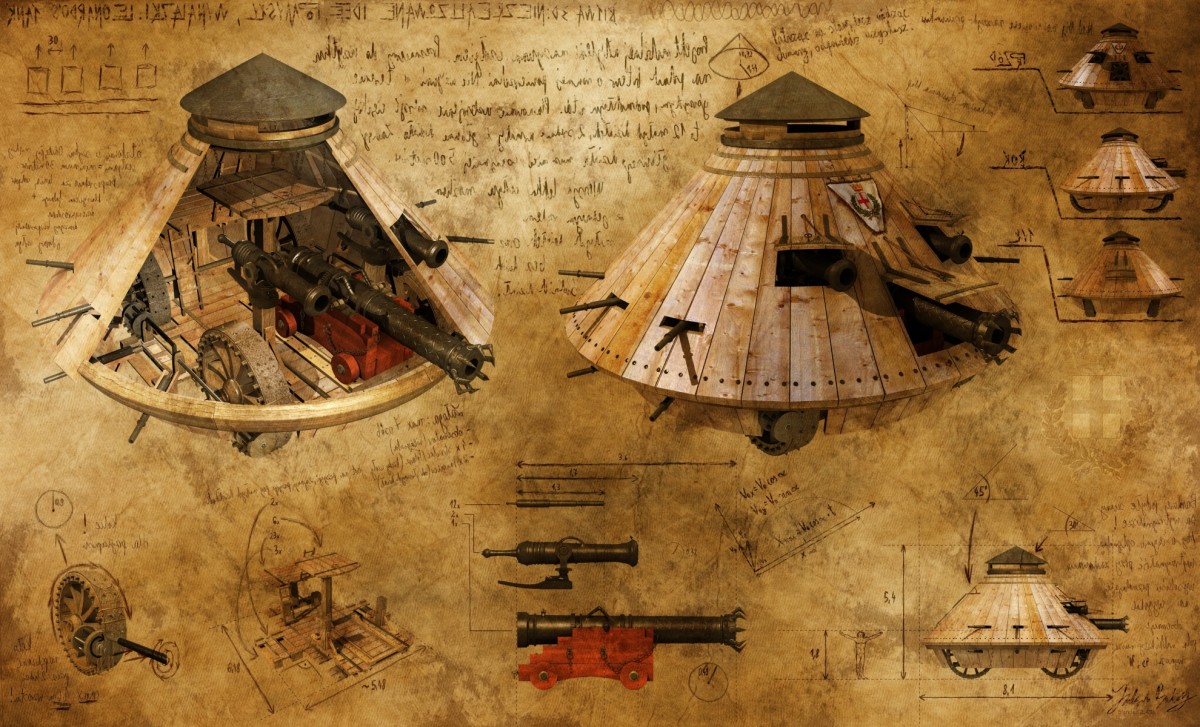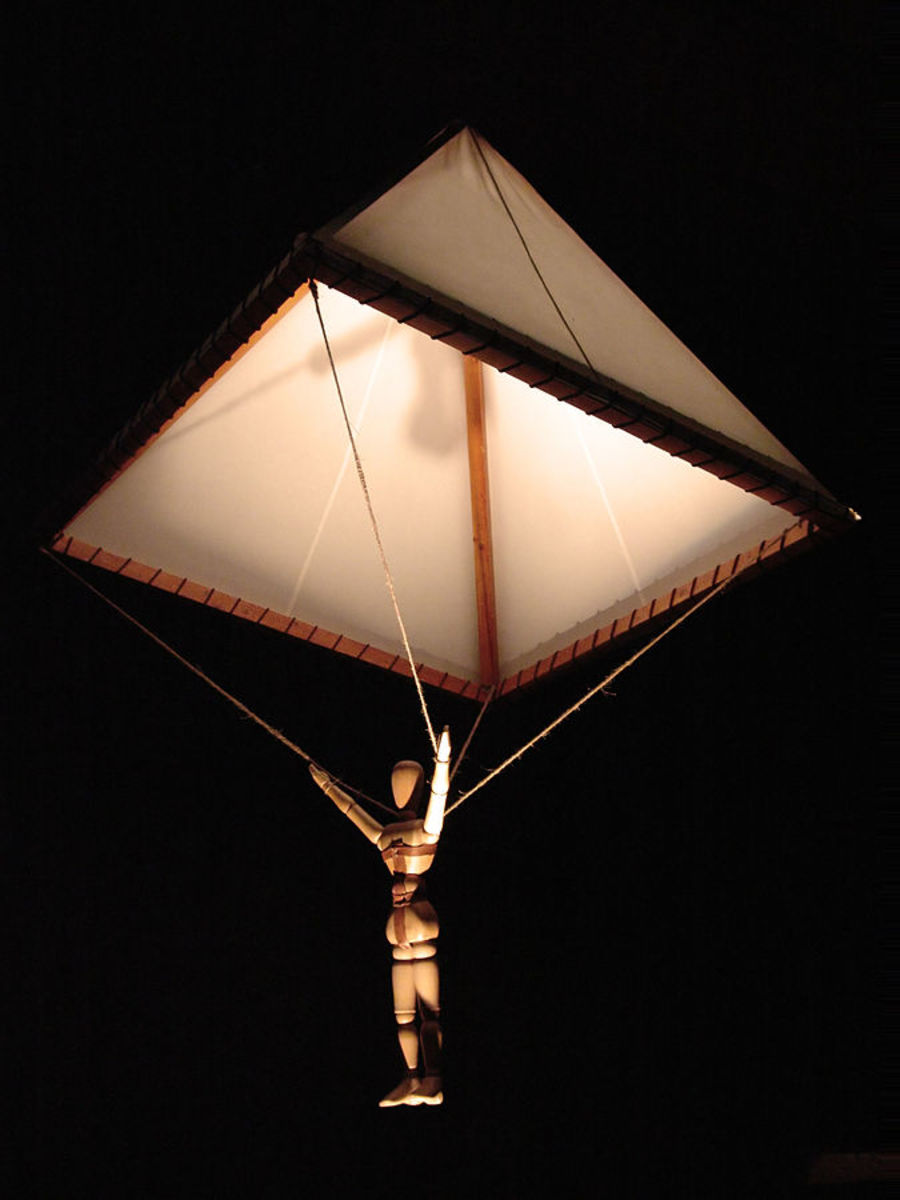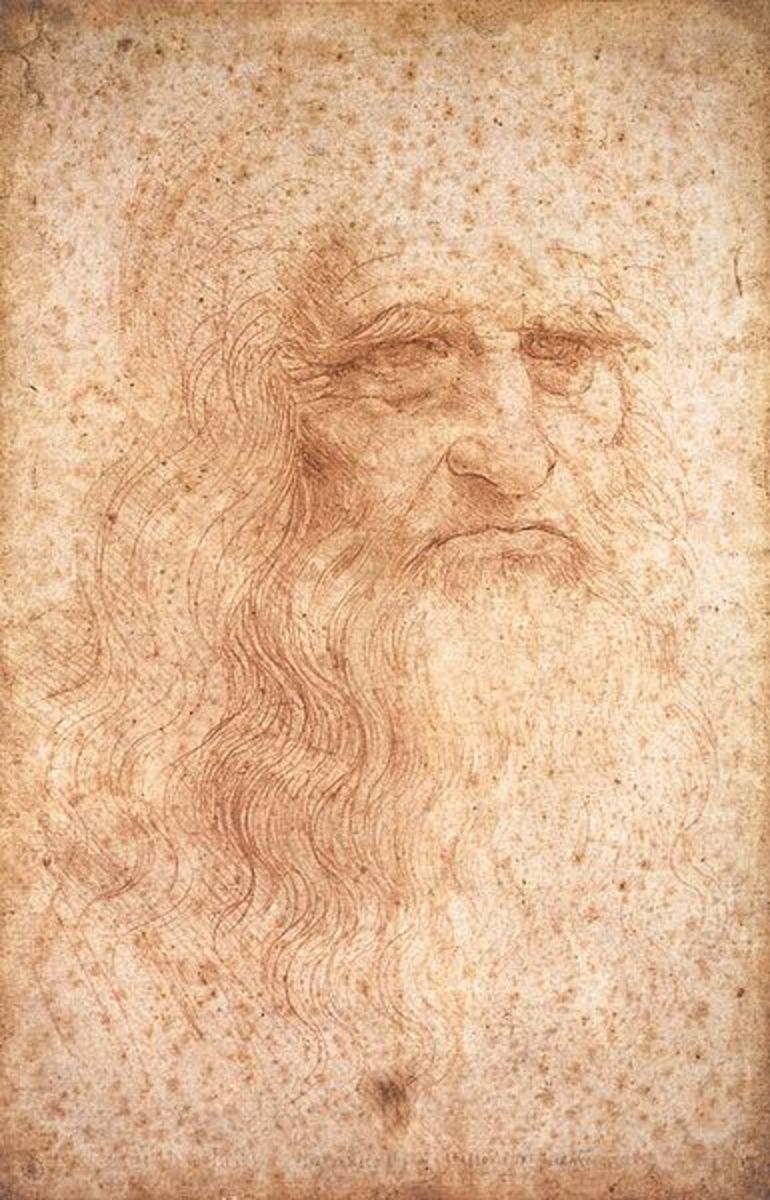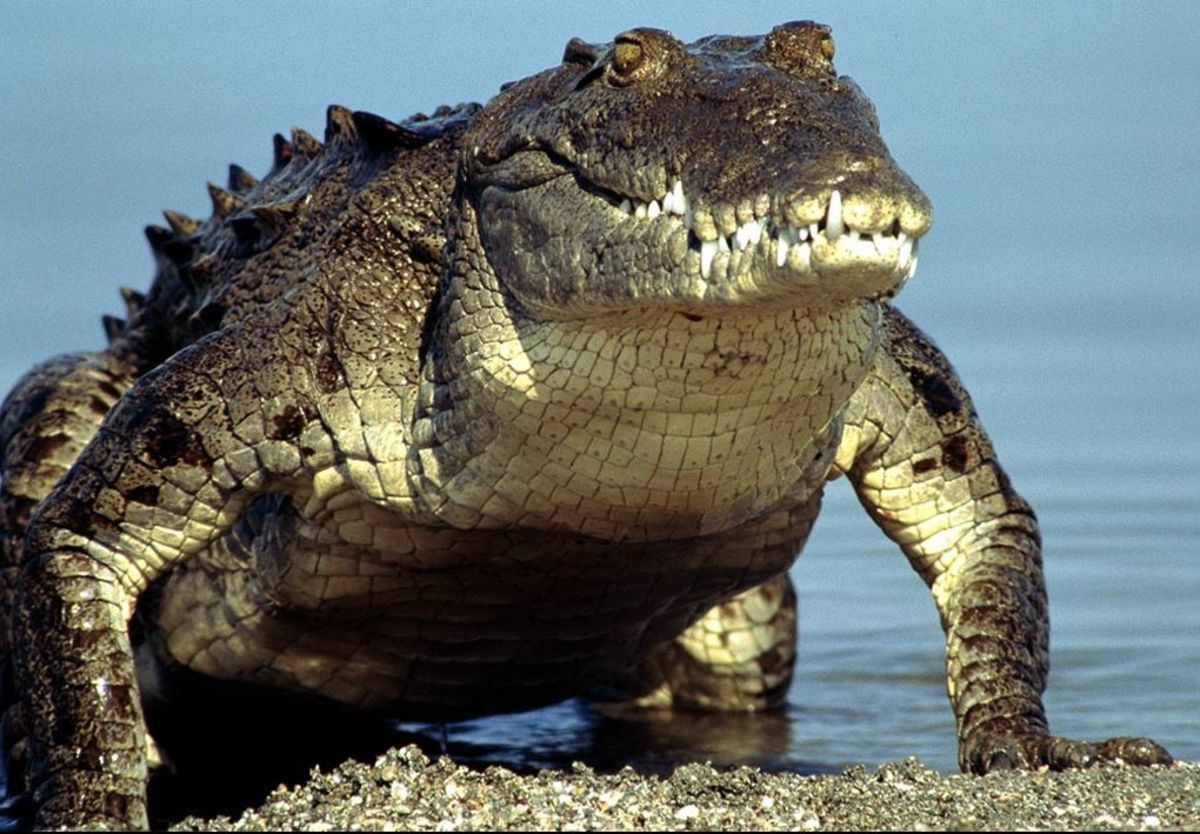Mimicking Nature
Have you ever wondered how a gecko stays upside down on the ceiling or why a fly seems to know well in advance when you are trying to swat it? Or why locusts that fly in swarms of millions don’t crash into each other? Or how bats are able to fly around in total darkness, without colliding? And to take it a step further, wondered how these phenomena occurring in nature, can be understood and adapted for mankind’s benefit?
There is a field of study that does precisely this. It is called Biomimicry, Bionics, Biomimetics and a host of other names. The word Biomimicry comes from Bios meaning life and Mimesis meaning to imitate. It involves essentially the understanding of 3.8 billion years of evolution on earth and putting that to use in addressing challenges that face human beings. In a sense, instead of trying to harness nature (like generating electricity from rivers or windmills), the idea is to learn from nature and use that learning to advantage.
To a nature-lover, it is heartening to know that nature has inspired many ideas. It is difficult to say which have impacted humankind the most, but here are some that I found interesting.

Leonardo da Vinci, Birds and Aviation
Birds have been instrumental in the development of wings that enabled man take to the skies. The story goes that as a grown man, Leonardo da Vinci remembered a childhood incident in which a kite descended to where Leonardo lay and its tail feathers touched his face. This possibly played a role in the contribution he made later in life in the field of aviation. He studied the flight of birds and wrote his Treatise on the Flight of Birds circa 1506.
It is believed that da Vinci’s drawings of the Ornithopter led to the design of the helicopter. As did the drawings of the Flying Machines influence aviation.
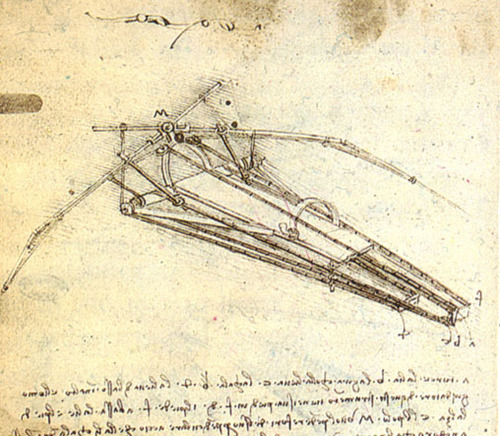
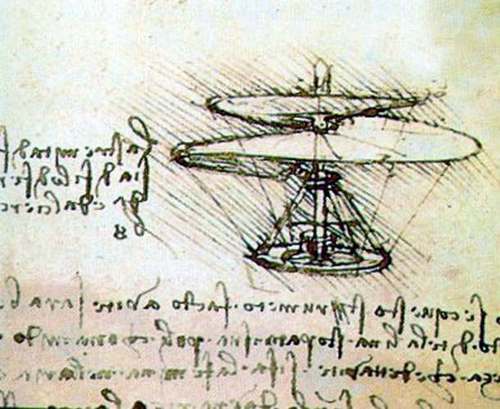
The Wright brothers too observed the wings of birds to develop aeroplane wings. The science of flight has benefitted greatly from nature and continues to do so to this day. Wings that change according to speed and flying time (swing wing) have been designed from observations of the shapes of different bird species
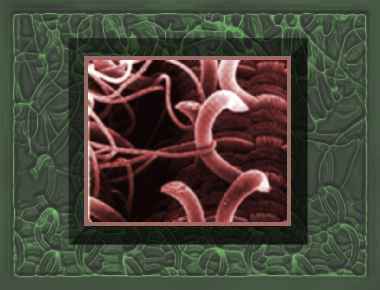
A dog and Velcro
Velcro (a combination of the words velour – a fabric resembling velvet and crochet – a term for pulling loops through loops) came about through the observations of a Swiss engineer named George de Mestral. He was out hunting with his dog in the Alps in the summer of 1948 and noticed how burrs (seeds) of Burdock stuck to his trousers and his dog’s fur. Further microscopic examination revealed the presence of hundreds of “hooks’ that attached themselves to loops. De Mestral used this insight to design a stiff hook and soft loops which now find application in space suits, scuba diving and skiing.
The humble burr therefore actually helped put man on the moon.
And can you guess what de Mestral’s advice to Velcro executives was? He said “If any of your employees ask for a two-week holiday to go hunting, say yes”.
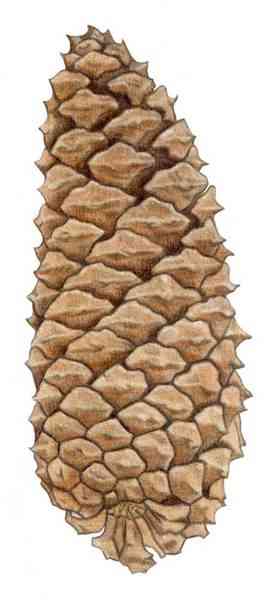
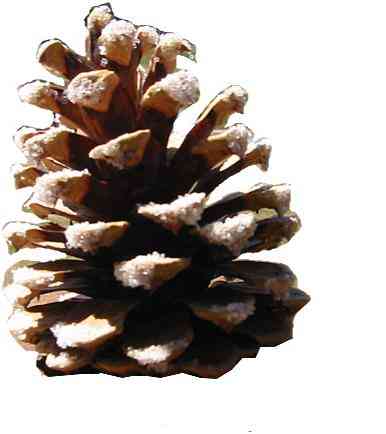
A Pinecone and Smart Clothing
Julian Vincent of Bath University in the UK observed the pinecone to develop “smart” clothing. Vincent noticed that a pinecone opens and closes according to the humidity, to disperse its seeds. Based on this principle, he developed a woven textile that mimicked the cone by opening when a person is warm and closing when cold. This has major implications for mountaineers, where the concept of layered clothing will undergo a total transformation thanks to the pinecone.
The process of learning from nature is never-ending. The more we observe, the more we learn. A brief glance now into the future. What developments await us and our children, courtesy Mother Nature?
A Carmaker and the African locust
What on earth could Volvo have in common with the locust? Volvo, as anyone with a nodding acquaintance of the automobile market would know, is the world’s “safe” car manufacturer – a market position it has held for many years. To reinforce that position, Volvo is now in the process of developing an injury-proof car by 2020.
But where is the connection with the locust? When you start to think of it, how is it that locusts in a swarm of millions do not collide with each other? They must truly be the natural world’s champion at collision avoidance. So it makes eminent sense for the world’s safe car producer to study the locust. QED.

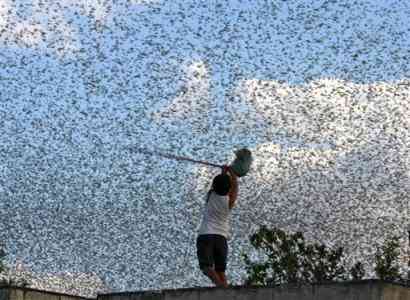
Researchers at Newcastle University have found that the secret lies in the locust’s eye. In less than a millisecond, those eyes can spot a potential crash situation and send signals to the wings and legs to take evasive action. The mechanism is yet to be understood completely. When this happens, Volvo plans to put this knowledge onto a computer chip, which will form part of the car’s safety system to detect and evade any object that suddenly appears in the car’s path. QED, QED
Managing traffic the way ants do
The world is so enamoured with the automobile that it seems inevitable that the next point is also related to cars. Most urban residents will agree that traffic is a bane of modern day life. Wherever we live, traffic jams are as common as, let’s say, ants in an anthill.
The busy ant is a very successful traffic manager. Researchers therefore studied this insect more closely. Experiments have been conducted in which two routes of differing widths were set up for ants to reach a bowl of sugar syrup. They found that the narrower route soon became blocked between returning ants and those starting out. Ants returning with “food” on this route would inevitably bang into an exiting ant. When this happened, the ant with food would get right of way and push the starting ant onto the other path. The thought therefore is, can systems be established whereby cars going in one direction are made to exchange information on traffic conditions with cars travelling in the opposite direction? Possibly yes, but we are still some distance away.
Water, Water Nowhere (with apologies to The Ancient Mariner)
One has ofcourse heard of the horny Devil, but the Thorny Devil? Well, this is a creature living in the arid, desert areas of Central Australia. The Thorny Devil has an extraordinary structure which is of interest to scientists trying to find solutions to the impending water crisis facing mankind. It is often said that if the 20th Century was about oil, the 21st will be about water.
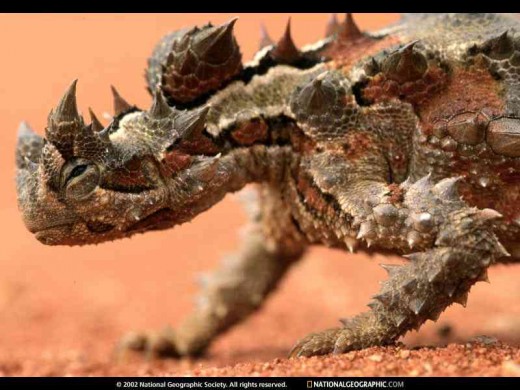
The Thorny Devil has the ability to collect moisture from standing water, from rain, from the soil and also from nighttime dew. It has a number of channels running between the scales on its skin which enable it to collect water. This water is drawn into its mouth through capillary action. Designers are working on how this knowledge can be used to improve the availability of water.
A small, undistinguished beetle from the Namibian desert, which receives less than half an inch of water annually, has led researchers from the MIT to develop a material that combines a water-repelling surface with water-attracting bumps to trap water and control water flow.
The Namib beetle has evolved over the millennia to maximize advantage from the early morning fog which drifts over the desert. The moisture in the fog forms water droplets of 15 to 20 microns (about one-fifth the diameter of a human hair) which collect on top of bumps on the beetle’s back as this is the coolest part around. The bumps are surrounded by water-repelling channels The water droplets keep increasing in size and finally become large enough to roll into the beetle’s mouth.
Namibian Beetle
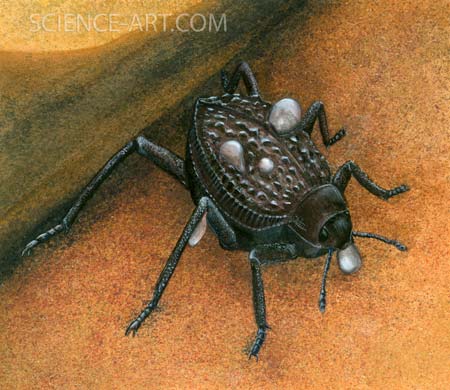
This new material is finding application in water-harvesting and cooling devices. Possibilities exist for developing self-decontaminating surfaces to collect harmful substances.
So the message is go out, go commune with nature, walk in the forests, along riverbanks, up in the mountains. Observe silently nature’s wonders. Think, think about what you have seen. You may just become the next Leonardo da Vinci.


